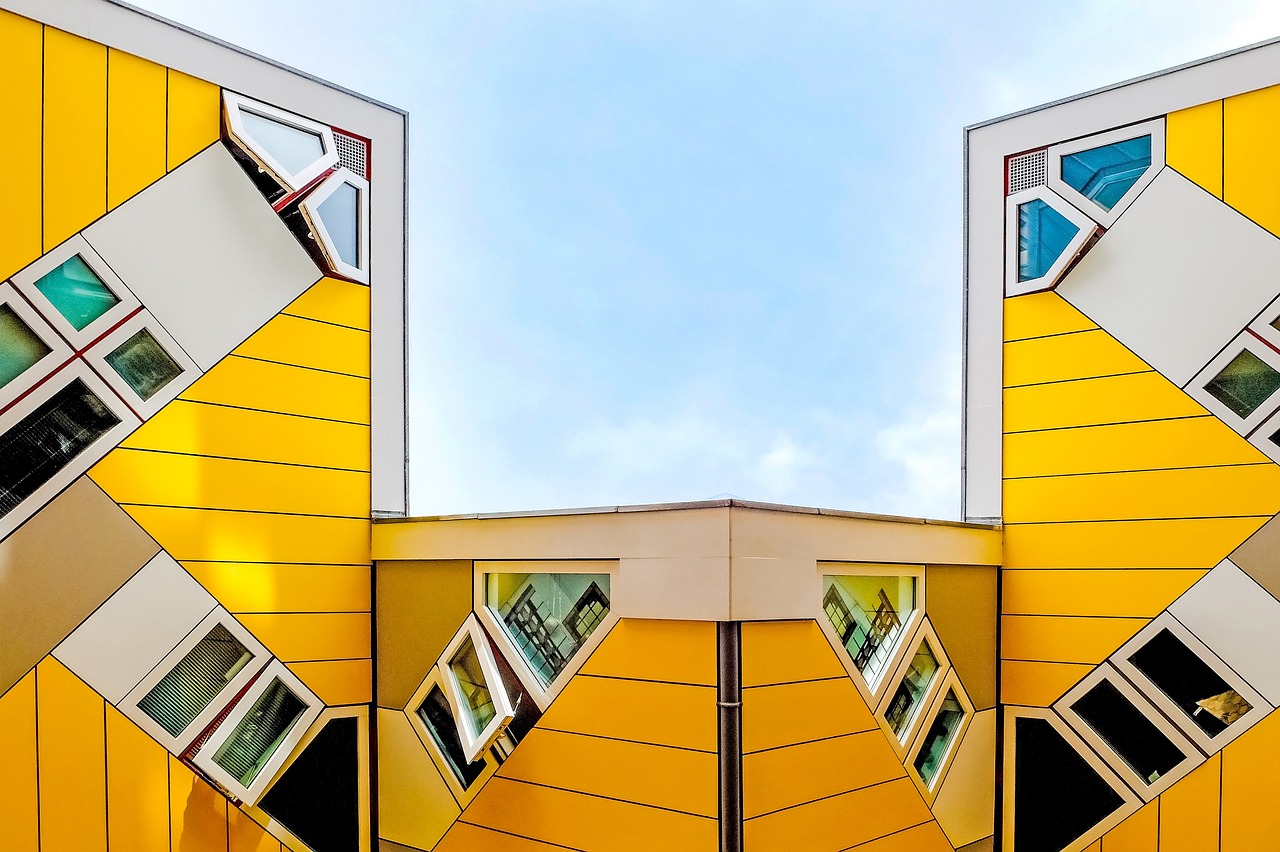The flat roof: a global trend
The flat roof trend is now a trend that is growing year after year. It is the favorite of modern architects because it better embraces trendy design characterized by extreme formal cleanliness and the extensive use of the morphological concept of the right angle.
Although the flat roof is aesthetically very appealing, on a technical level it presents quite a few critical issues. It is therefore essential that it is designed and built with extreme care, whether it is wood or other material.
But let’s take a step back.
The flat roof was born in Mediterranean countries with an arid climate, characterized by rare rainfall where the sun has the ability to dry the limited humidity in a short time.
In countries characterized by rainy and humid climates, architecture changes radically: no more flat roofs but only buildings with steep pitches.
Why did the climate influence architecture so radically before this global trend arose?
You should know that the choice was purely functional. The sloping roof, which for some may appear less attractive, has a very important function: it removes water and waste that deposits on the roof.
Whether it is wood or any other material, it is important that water does not stagnate because it can cause extensive damage.
However, this is not to say that it is impossible to build a flat roof, but that it is essential to take care of every single detail and in particular:
- Drainage: A flat roof requires an effective drainage system to prevent water accumulation. This can be achieved through gutters, drainage pipes and gently sloped surfaces to direct water towards drainage points.
- Waterproofing: It is essential to have a good waterproofing system to prevent water infiltration into the building.
- Climatic conditions: The climatic conditions of the area where the building is located will impact the design and management of a flat roof. For example, areas with a lot of rainfall may require more sophisticated drainage systems.
- Area Use: A flat roof can be used as additional space for purposes such as terraces, roof gardens or installing solar panels. However, it is important to consider the weight that the roof can support.
- Ventilation: Even the flat roof requires ventilation to guarantee constant air circulation and the possibility of drying any type of water infiltration.
- Humidity management: in a flat roof, humidity can come not only from the outside but also from the inside, which is why it is essential to create a stratigraphy suitable for these phenomena. The use of suitable sheets becomes essential.
In summary, while flat roofs can be attractive for their modern appearance and space utilization opportunities, they require careful design and proper management to ensure they are functional, durable and free of water-related problems.
